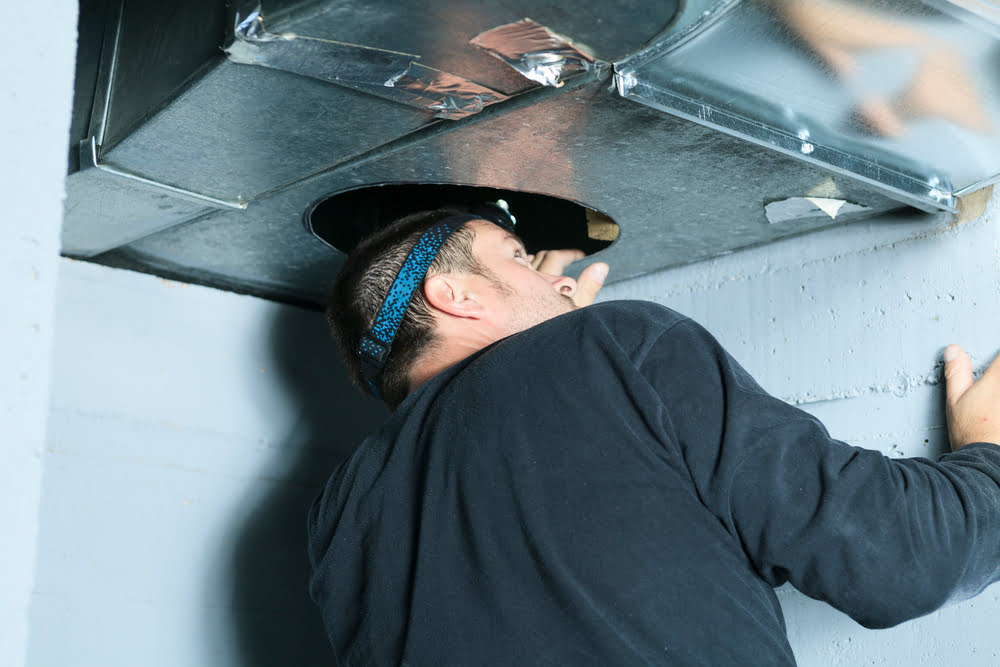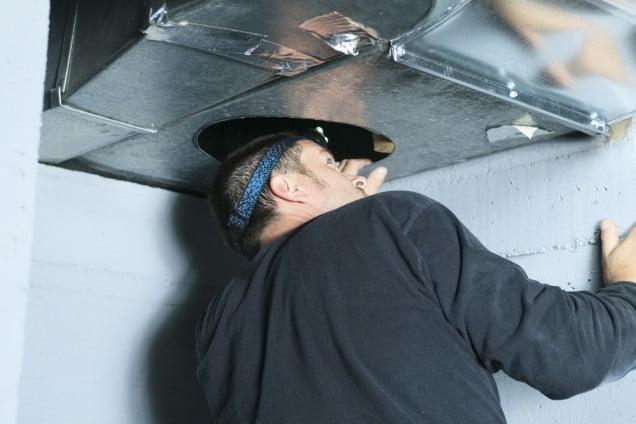Another factor in determining ductwork sizing is the presence of insulation. Indoor air quality is often better off with thicker walls and at least a 3 inches thick insulation board. The amount of insulation required will vary depending on several factors, including the season and location of the house. Cold air enters the house in the winter, while warm air enters during spring and summer. Ducts with little or no insulation are ideal for homes in climates that are frequently humid, but one should supplement indoor air quality with an air conditioner during hot weather.
Fresh Air Ducts: Fresh air ducts draw air in through their cold surfaces, push it through an air flume, and then push it back out again. An air duct should be laid out like a skylight, with the inner duct running to the exterior of the house, and the outer duct running back into the house. When designing a duct system, it’s important to have as much of the incoming air as possible flowing directly over the insulation board. This will minimize the amount of friction loss and increase duct efficiency. There are also dampers placed inside the ductwork to help reduce air movement. Fresh air ducts are often installed inside houses with sealed basements because they provide a continuous source of fresh air without any moving parts.
Reheat Systems: Heat recovery ventilators are installed to remove moisture from air streams and store it in dry cells. These units can either be forced air systems or vented systems. In order to function correctly, both types of system must work together and provide a continuous flow of air to the dry cells. To prevent moisture from leaking into the house, special channels are installed around the outer edges of the flue pipe to prevent air leakage. Contact us now for free estimate.











